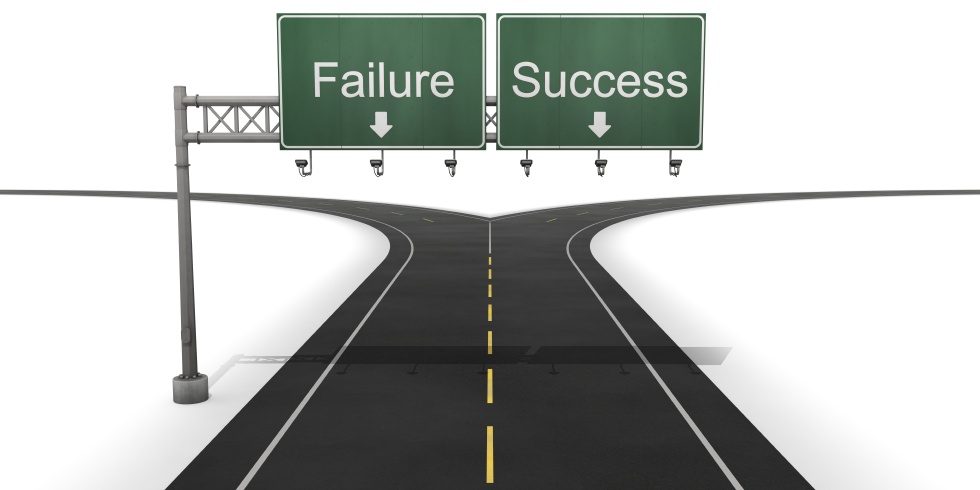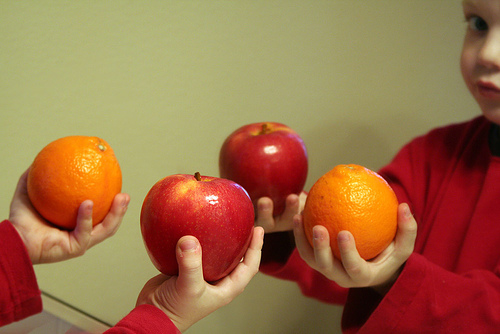A Reader Shares a Common Concern: There’s still the push from me to make sure that I prove that homeschooling her was the better choice. For me, that means that she’s ahead or on par with her public school peers. It’s this way for me, because on some level, I’m still allowing the expectations of relatives and non homeschooling friends to infiltrate and command how I homeschool. Add her dad to that list. It’s been a big financial sacrifice. Sometimes it’s harder than others. I guess those last sentences are my guilt speaking since her dad has been working a lot recently. If she’s not doing well, then why are we sacrificing? I feel like I need to have proof that she’s doing well. We’re in New York, so I have to have her test in 5th grade. I have anxiety that it won’t go well in Math. In my head, her not doing well, means I didn’t do a good enough job. I know that’s not the reality.
The most common way we measure intelligence and success in our homeschooling is by comparing if they measure up to their schooled peers. We’ve been led to believe that the school’s scope and sequence is the ideal and superior path to learning. Frankly, it’s also implied this is the One Right Way. The problem is, the school’s scope and sequence is set up to support left-brained learners. If you have a right-brained learner in your home, his scope and sequence looks entirely different. It would be simplistic of me to say, therefore, that there are Two Right Ways to learning, but the truth is that there are as many correct and good paths to learning as their are learners. I focus on sharing One More Right Way to learn in order to release the hypnotic hold the idea that the school’s scope and sequence has on our relentless comparing of our creative, innovative, intelligent right-brained children to their left-brained peers. They have an entirely different growing season! Let’s compare apples to oranges.
Apples and oranges are both fruit. Right- and left-brained children both learn. You get juice from both an orange and an apple, but it tastes and looks different, and there’s a different process to getting it. You get intelligence from both right- and left-brained children, but it looks different and there’s a different process to nurturing it. Apples and oranges are harvested at different seasons. In fact, oranges have three harvesting seasons; the most productive and best tasting variety is the one harvested in the latest season. Right- and left-brained children learn each subject at a different season, or time frame. We no more try to turn an orange into an apple than we should try to turn a right-brained learner into a left-brained one. Each has unique features, and both are sweet. Let’s nurture our right-brained children to be the valued fruit they are in their respective season, understanding that later harvests can often produce the best of its kind.
Going back to the common concern, we consistently find ourselves lamenting, “I’m growing my fruit on a tree in good soil, why isn’t my orange an apple? Why isn’t it red? Why does it taste different? Why isn’t it ready for harvest until April instead of October?” What we’re not noticing is how pretty the orange color is (the beautiful art, dance, or LEGO creation), or how sweet and rich in vitamin C (C for creativity!) it is, or that when it blooms in spring, it has more juice content than any other (all the early subject strengths enhance the reading tool, for instance).
Let’s look at the typical learning development for right- and left-brained learners. Taking the analogy of comparing apples to oranges, do you see that each learner grows in a different way at a different time, but in the end, it all produces the good fruit of learning? A key ingredient for a right-brained child to learn joyfully is a high dose of (vitamin) *C*reativity. This attribute is what sets  apart our right-brained people from our left-brained people. We can’t raise our creative children in a learning environment for left-brained children and think we’ll get an apple. Instead, we just get a withered or shriveled or growth stunted orange.
apart our right-brained people from our left-brained people. We can’t raise our creative children in a learning environment for left-brained children and think we’ll get an apple. Instead, we just get a withered or shriveled or growth stunted orange.
How do we embrace the learning path for our right-brained children? The same way we would grow an orange tree. We learn about how they grow, we plant in its season, and wait for the right harvest time. We nurture it the way it needs to grow best for the type of fruit it is. We marvel at its creation and its offerings. We can’t worry about how the apple trees are doing in comparison. As we see our apple tree friends harvesting in October, we can rest assured that come April, we will have an equally glorious harvest. Apples are nice, but so are oranges. Look around at the orange tree growers. Do you see how your orange compares there? When I share the attributes and learning path of right-brained children, I don’t have to convince people of it. They see it in their own homes with their own children. “How did you describe my child so  perfectly?!” I’m asked often. Because I’ve had my own
perfectly?!” I’m asked often. Because I’ve had my own orange grove right-brained children. And I’ve tasted of the fruit, and it is fabulous. And now I can watch the oranges grow with confidence, and enjoy the process, because I’ve successfully grown my own oranges. And I’m grateful for the artists, musicians, entrepreneurs, and mechanics that bless our world.
The sole purpose for writing my book, The Right Side of Normal: Understanding and Honoring the Natural Learning Path for Right-Brained Children, is to help people learn about how to nurture right-brained oranges children. In Section One, I talk about how our culture encourages us to compare our oranges to apples, and how it contributes to our stress and worry. In Section Two, I describe all the attributes of a right-brained learner. What makes an orange an orange. In Section Three, I show the way to support the natural path to learning for right-brained children for each subject. How to grow an orange tree. And the last Section Four, I show how all the labels used to justify why a right-brained learner isn’t performing like a left-brained learner is damaging. We can’t change an orange into an apple, no matter how many programs we use.
Help me spread the sweet news about how to nurture an orange grove…in other words, how to understand and honor the natural learning path for right-brained children!








Pingback: Your Child Might Be Right-Brained If … | The Right Side of Normal